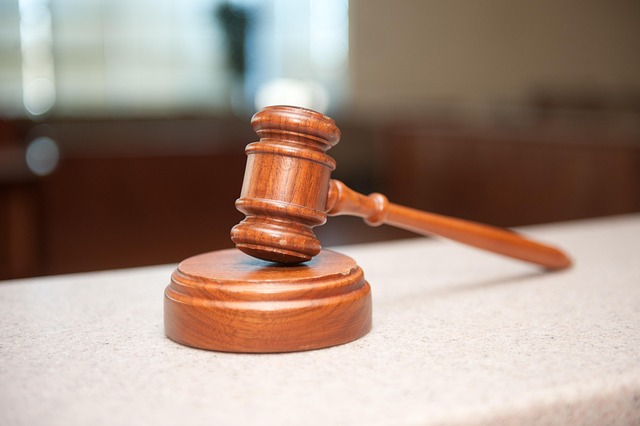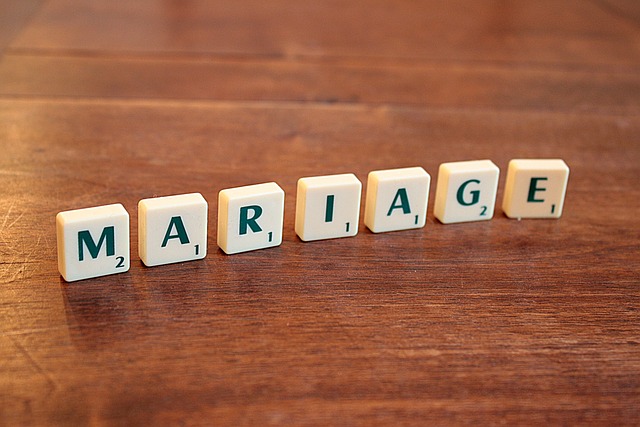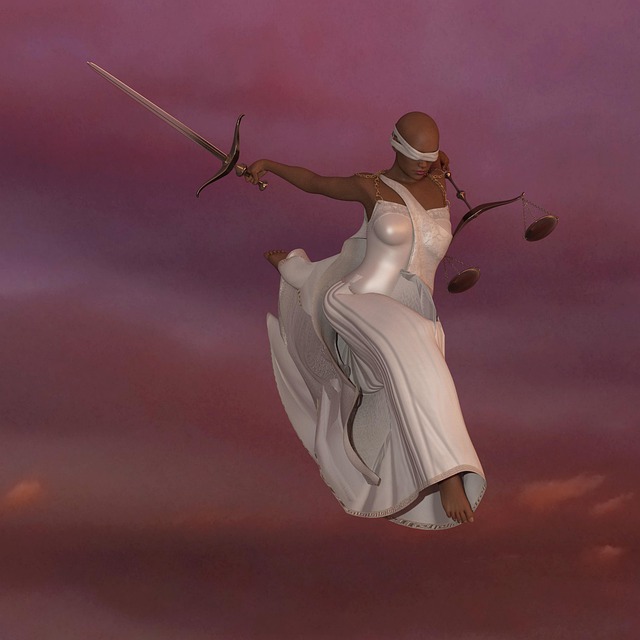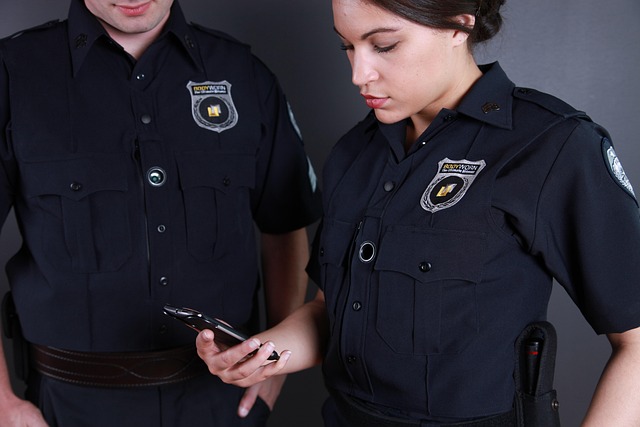Understanding jury biases in criminal cases is vital for whistleblower protection, ensuring fair treatment during investigations and trials. By strategically questioning jurors about prior knowledge and views, attorneys can mitigate biases that may influence verdicts in high-stakes misconduct cases, preserving integrity within the justice system.
“Whistleblower Protection Lawsuits: Navigating Jury Selection and Overcoming Biases in Criminal Cases
Understanding jury biases is crucial for ensuring fair trials, especially in whistleblower protection lawsuits where public interest is at stake. This article delves into the intricacies of whistleblower protection laws, focusing on the jury selection process and the challenges posed by potential biases. We explore strategies to handle preconceived notions, promoting impartiality during trials. By examining these aspects, we aim to shed light on the complex interplay between jury biases and the pursuit of justice in criminal cases.”
- What Are Whistleblower Protection Laws?
- Jury Selection Process and Biases
- Impartiality vs. Preconceived Notions
- Handling Potential Bias in Trials
What Are Whistleblower Protection Laws?

Whistleblower Protection Laws are legislative measures designed to safeguard individuals who expose illegal or unethical activities within their organizations from potential retaliation. These laws ensure that whistleblowers face no adverse consequences for their actions, including protection against termination, harassment, or any form of discrimination. Understanding jury biases in criminal cases is crucial here as these biases may influence how a jury perceives and decides on the validity of whistleblower claims.
The impact of these laws extends to all stages of the investigative and enforcement process, providing a robust framework for whistleblowers to come forward without fear. This not only encourages ethical reporting but also facilitates the complete dismissal of all charges against them if their disclosures prove to be false. Furthermore, the protection offered promotes transparency within philanthropic and political communities, fostering a culture where integrity and accountability are paramount.
Jury Selection Process and Biases

The jury selection process is a critical phase in any criminal trial, as it determines the impartiality and objectivity of those who will decide the defendant’s fate. Understanding jury biases in criminal cases is essential to ensuring a fair trial. Biases can inadvertently creep into the courtroom through various factors, such as media influence, community sentiment, and prior experiences. These influences can shape the perceptions of potential jurors, leading to either conscious or unconscious prejudice against certain defendants or types of crimes.
In recent years, an unprecedented track record of white-collar and economic crime cases has highlighted the need for careful jury selection. Across the country, courts are increasingly recognizing and addressing biases that may impact a juror’s ability to render an impartial verdict. By implementing rigorous questioning during voir dire—the process of selecting jurors—attorneys and judges can uncover potential biases and ensure a diverse panel representative of the community. This meticulous approach is vital in mitigating the risks of jury bias, which, if left unaddressed, could significantly undermine the integrity of the criminal justice system.
Impartiality vs. Preconceived Notions

In criminal cases, especially those involving whistleblowers who expose corporate or government misconduct, understanding jury biases is paramount for achieving a fair trial. While the legal system strives for impartiality, jurors often bring pre-existing notions and perceptions to the courtroom. These preconceived ideas can significantly impact their decision-making process. Studies show that juries tend to favor certain types of defendants, which may inadvertently influence their judgment in whistleblower protection lawsuits.
Addressing these biases is crucial for winning challenging defense verdicts. Attorneys must be adept at recognizing and countering potential prejudices during selection and throughout the trial. By understanding the nuances of jury dynamics, particularly when dealing with white-collar and economic crimes, a complete dismissal of all charges can be achieved. This involves strategic questioning during voir dire to uncover biases and ensuring that evidence is presented in a way that promotes an objective assessment, ultimately leading to more just outcomes.
Handling Potential Bias in Trials

When it comes to whistleblower protection lawsuits, understanding and mitigating potential jury biases is paramount for achieving justice. In high-stakes cases, where individuals or respective businesses are accused of misconduct, the presence of bias can significantly impact the outcome. Jurors, despite their oaths, may unconsciously harbor preconceived notions influenced by media coverage, personal experiences, or societal stereotypes related to whistleblowing and the industries involved.
To address this challenge, lawyers must employ strategic tactics during selection and questioning. They can ask prospective jurors about any prior knowledge of similar cases, their views on whistleblowers, and potential conflicts of interest. By doing so, attorneys gain insights into biases that could affect decision-making. This process allows for peremptory challenges to exclude biased individuals, ensuring a more impartial jury for his clients.
Understanding jury biases, particularly in criminal cases involving whistleblower protection lawsuits, is paramount for achieving impartial justice. The intricate dynamics of jury selection and potential preconceived notions demand careful consideration to ensure fair trials. By recognizing and addressing these biases, the legal system can enhance its credibility and uphold the rights of all involved parties. This requires a nuanced approach to handling jury selection, promoting transparency, and fostering an environment where facts and evidence take precedence over external influences.






